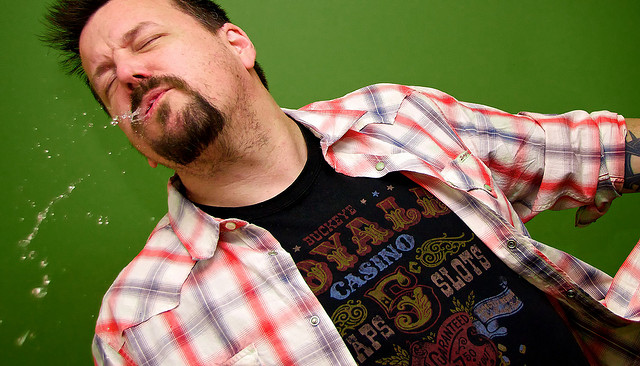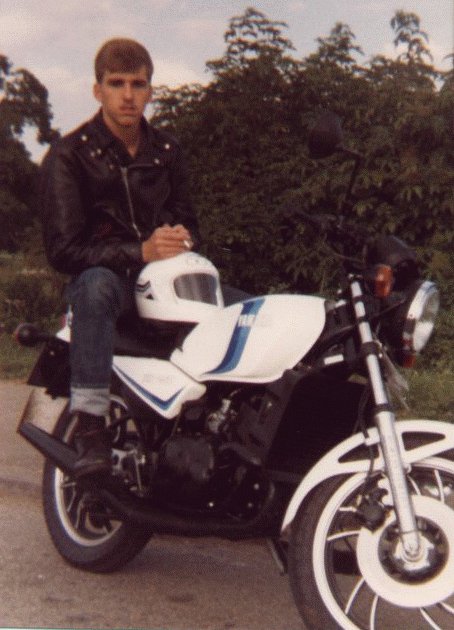
How to Knock People Out
January 04, 2016
As students of Wing Chun, we have an innate (yet somewhat schizophrenic) interest in the science of injuring the brain, including the study of concussion and CTE (chronic traumatic encephalopathy).
Our interest is schizophrenic because we must (on the one hand) learn to injure the brains of others (this is our specialty) while preventing brain injury in ourselves and our training partners.
We live in interesting times for the study of these conditions.
Will Smith’s new movie Concussion tells the story of Dr. Dr. Bennet Omalu who ran afoul of the NFL calling attention to the evidence of CTE he found in autopsies of NFL players. Apparently you can only tell if someone had this disease in an autopsy – there is no way to see it on any scan or test while the victim is alive.
As described in previous articles, knockouts are thought to be caused by damage to the axons (filaments extending from nerve cells in the brain).
More specifically, knockout is thought to be caused by a sudden rotation of the skull. This seems to be possible both for nerves in the brain and in the brain stem, so different types of strikes can bring it on, but the classic is the strike to the jaw that rotates the head violently on a horizontal or slightly angled plane.
We’ve all seen it (most recently in the UFC MacGregor knockout of Aldo ). The guy gets clipped, his head whips a little in one direction, and the lights go out in their eyes and they become suddenly boneless and flop to the floor in a heap.
This is what we are learning to do on purpose to our opponent in Wing Chun. This is why we step to the side and hit up into the side of the head, driving our power into and through the head, causing the skull to whip to the opposite side as we bounce the brain around with our subsequent strike(s).
We don’t want this to happen to ourselves or our partners because CTE manifests (possibly even after only one trauma) in an array of symptoms (often many years later) such as dizziness, irritability, or aggressive behavior (ironic, right?). At the extremes, some of the football players thought to have suffered from CTE became incapable of holding a job, maintaining family relations, and there is evidence this and other effects led several to suicide.
They used to call people suffering from this problem “punch drunk.”
How do we avoid it?

Thank God for our Wing Chun forefathers (and mothers)!
Chi Sau! Gwoh Sau!
These exercises (as described HERE ) were specifically designed to enable the practitioner to train at a high level and interactively (enabling the development of live reflexes and timing) without requiring that any strikes LAND.

My Yamaha RD250LC (and that helmet) were destroyed in 1984 on the rainy highway near Rotterdam, Holland.
We are always one step away.
To fight, we step. Our natural fear and aggression in a live fight (properly channeled) will enable us to step forward (into danger, into the pocket). When training, we must stay at the bent arm (Tan Sau) distance. At high levels, with experienced partners, we can get closer and closer to striking. We can approach and then back off in training, teetering at the brink.
NOTE: Padding goes not protect against axonal injury! Gloves won’t protect you. Head gear won’t protect you. Its the rotation, not the impact.
Of course, this concerns me a bit as I have been knocked out twice in motorcycle accidents (in both cases for many hours, in one case I was out over a day).
They don’t know why one person gets it and another doesn’t – we can only knock on wood and hope! And make sure we don’t make it worse in training!